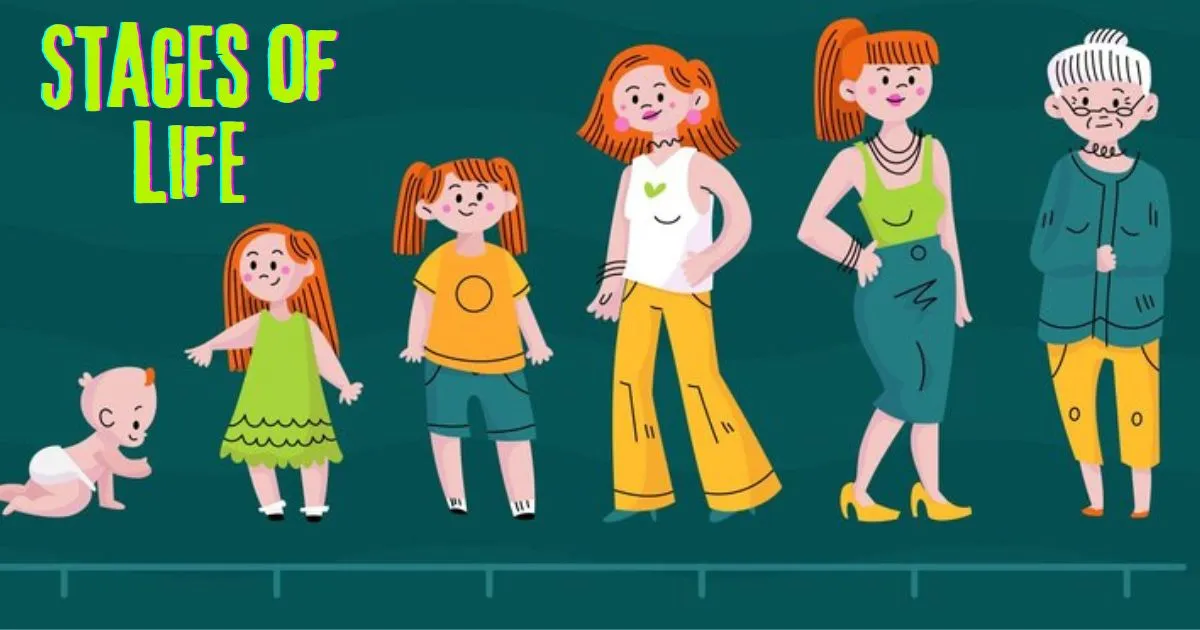Navigating Life’s Journey: Understanding the Stages We Encounter
Life is a journey marked by various stages, each with its own unique challenges, opportunities, and experiences. From infancy to old age, we undergo a series of transformations that shape who we are and how we perceive the world around us. In this article, we’ll explore the different stages of life and delve into the intricacies of each phase.
Exploring the Stages of Life
1. Infancy
Infancy is the first stage of life, typically spanning from birth to around two years of age. During this period, infants rely on caregivers for all their needs, including feeding, nurturing, and protection. It is a time of rapid growth and development, marked by milestones such as learning to crawl, walk, and communicate.
2. Childhood
Childhood encompasses the period from early childhood to adolescence, roughly from ages two to eighteen. This stage is characterized by significant physical, cognitive, and emotional growth as children explore the world around them, form social bonds, and acquire essential life skills. It is a time of curiosity, imagination, and play, laying the foundation for future development.
3. Adolescence
Adolescence is a transitional stage between childhood and adulthood, typically occurring between the ages of thirteen and nineteen. It is marked by physical changes, hormonal fluctuations, and the search for identity and independence. Adolescents navigate challenges such as peer pressure, academic stress, and self-discovery as they prepare to transition into adulthood.
4. Adulthood
Adulthood encompasses the period from early adulthood to late adulthood, spanning from the late teens or early twenties to old age. This stage is characterized by significant life events such as completing education, entering the workforce, forming intimate relationships, and starting families. Adulthood is a time of personal and professional growth, fulfillment, and responsibility.
5. Old Age
Old age, also known as the elderly stage, typically begins around the age of sixty-five and continues until the end of life. Physical decline, changes in health, and reflections on one’s life experiences mark this stage. Despite the challenges of aging, many individuals find fulfillment in retirement, spending time with loved ones, and pursuing hobbies and interests.
Conclusion
Life comprises various stages, each offering its own set of challenges, opportunities, and lessons along the journey. By understanding and embracing the different stages of life, we can navigate our journey with resilience, gratitude, and a sense of purpose.
FAQs
Are the stages of life the same for everyone?
While the general stages of life are universal, the timing and experiences associated with each stage may vary depending on factors such as culture, environment, and individual circumstances.
Is there a specific age range for each stage of life?
The age ranges for each stage of life are approximate and may vary depending on cultural norms and developmental milestones.
What are some common challenges associated with each stage of life?
Common challenges vary depending on the stage of life but may include physical development, social interactions, educational pursuits, career transitions, and health concerns.
How can individuals navigate transitions between stages of life successfully?
Navigating life transitions successfully involves adaptability, resilience, seeking support from loved ones, setting goals, and maintaining a positive outlook on the future.
Are there specific rituals or ceremonies associated with different stages of life in various cultures?
Yes, many cultures have rituals or ceremonies to mark significant life transitions, such as birth, coming of age, marriage, and death. These rituals often symbolize important milestones and provide a sense of cultural identity and belonging.

